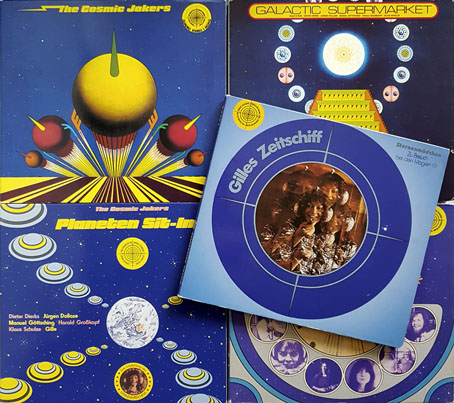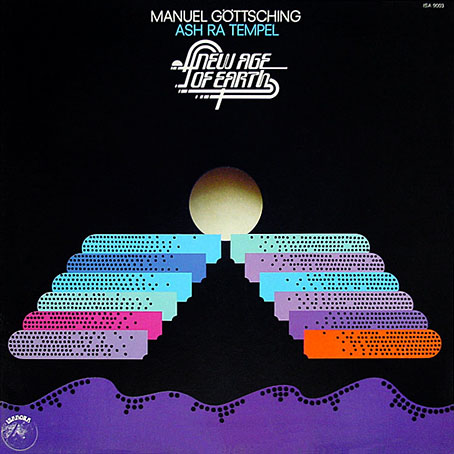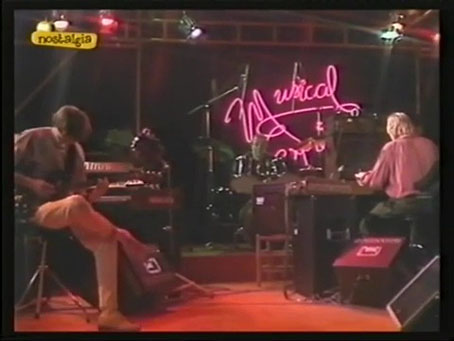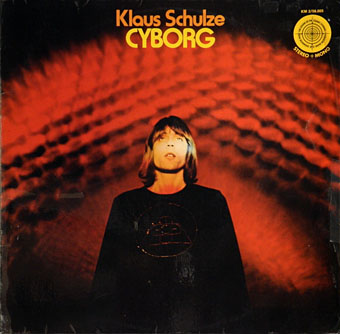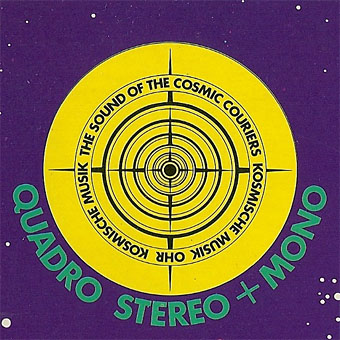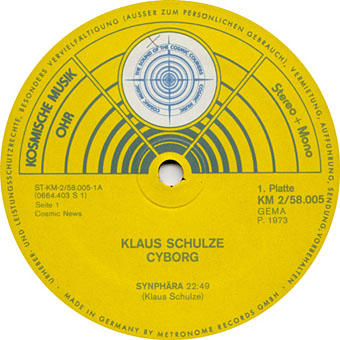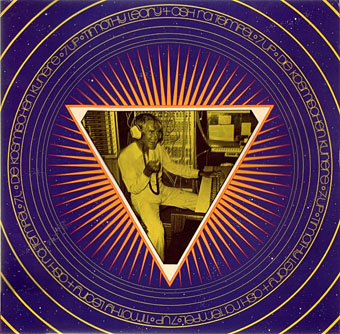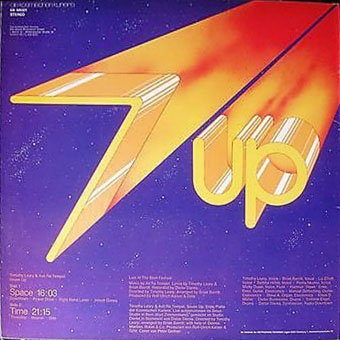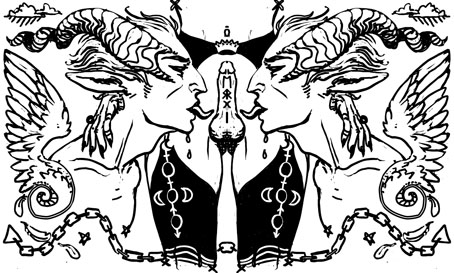
Tangerine Dream in 1973.
Here’s an item of news that will be of little interest to many readers but I’ve not seen it reported widely so it’s worth noting. (This place is nothing if not a cornucopia of deeply excavated niches, so you can take this as further niche excavation.) The news concerns recordings that Tangerine Dream made with Timothy Leary in 1973…or Leary recordings which were added to Tangerine Dream music in the same year. One problem with writing about all of this is that documentation remains elusive. Bearing this in mind, the details are as follows:
• Tangerine Dream were signed to Ohr Records from 1970 to 1973, a label for whom they recorded their first four albums plus one seven-inch single. During this time they were also featured along with label-mates Ash Ra Tempel, Popol Vuh and Klaus Schulze on an Ohr compilation, Kosmische Musik.
• “Kosmische” is the key word here. Ohr boss Rolf-Ulrich Kaiser liked the word enough to create an Ohr offshoot, Die Kosmischen Kuriere (The Cosmic Couriers), which later became the short-lived Kosmische Musik label.
• Also in the early 1970s, Timothy Leary, on the run from the US authorities, arrived in Switzerland where he and his allies (including Brian Barritt and Leary’s future wife, Joanna Harcourt-Smith) began hanging around with various members of the Swiss psychedelic avant-garde. Among the latter were writer Sergius Golowin, and a pair of artists, Walter Wegmüller and HR Giger.
• Ohr/Kosmische Kuriere/Kosmische Musik was based in Berlin, but at some point after Leary’s arrival in Switzerland R-U Kaiser and a handful of his recording artists met up with the Swiss psychonauts, an encounter that led to a series of musical collaborations: Seven Up, the third Ash Ra Tempel album which featured vocal intrusions from Leary and friends; Lord Krishna Von Goloka by Sergius Golowin, an album of Golowin readings with music by Klaus Schulze and others; and Tarot, an ambitious double-disc concept album narrated by (and credited to) Walter Wegmüller which included contributions from many of the major Ohr/Kosmische Kuriere artists. No Tangerine Dream, however.
Spalax CD reissues from the mid-1990s. Cover designs by Peter Geitner.
• Here’s where things get complicated. At some point while the above were being recorded, R-U Kaiser decided to release a series of “kosmische” jams by Ash Ra Tempel, Klaus Schulze and others which were credited to an imaginary group, The Cosmic Jokers. There are various reports about these sessions, with claims and counter-claims about whether or not permission was granted by the musicians. I can’t comment on the legal history (which led eventually to the collapse of Kaiser’s company) but Kaiser and his wife, Gille Letteman, appear to have been gripped by a kind of cosmic megalomania in 1974. The Cosmic Jokers album was quickly followed by four more releases in the same year: Galactic Supermarket (yet more jams by the same musicians but credited to Galactic Supermarket); Gilles Zeitschiff by Sternenmädchen (in which Gille Letteman and friends recount Timothy Leary’s flight to Switzerland and the meetings with the Cosmic Couriers); Planeten Sit-In (a quadrophonic sampler album created as a promotion for the Kosmische Musik label in conjunction with Germany’s Hobby magazine); and Sci Fi Party, an uneven compilation album which blends various Kosmische Musik recordings into a cosmic slop presided over by the label bosses who dominate the front cover.

